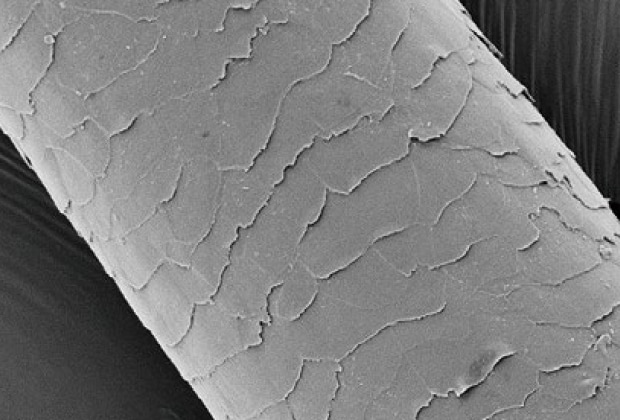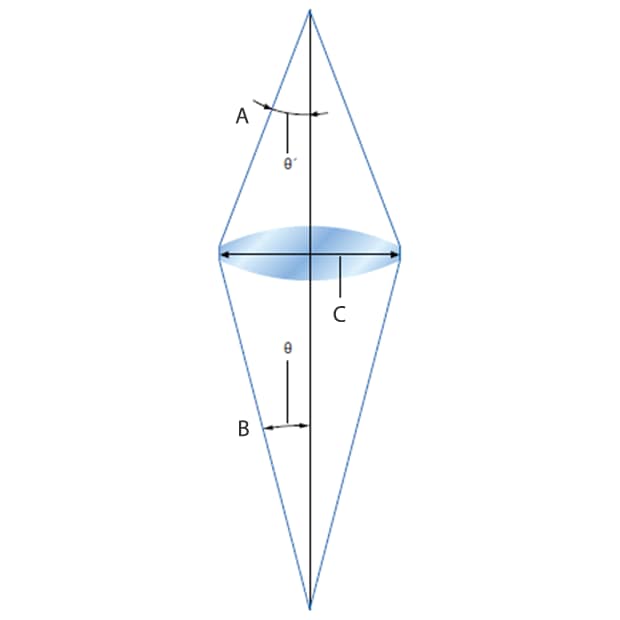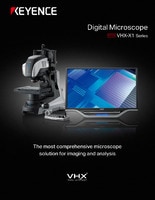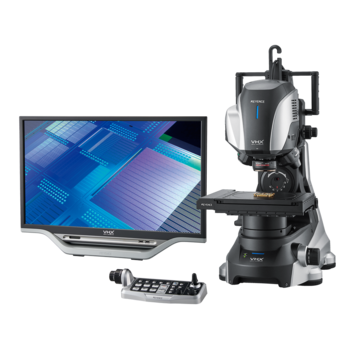Digital Microscopes
Numerical Aperture (N.A.)

Numerical aperture, or N.A., is a value that indicates the resolving power of a lens and is defined by the equation below.
n: refractive index of observation medium [e.g. n(air) = 1]
θ: angle between the optical axis and the light at the outermost of the effective diameter of the lens
N.A. = n * sin θ
Although N.A. determines the resolution of a lens, diffraction also plays a role in what can be resolved. Diffraction is a phenomenon that causes light to spread out like a wave. This property prevents even the most high-resolution lens from being able to gather focus to a single point source, making the focal point more of a disk. The smallest-size light disk that can be resolved is known as an Airy disk, and its radius is expressed by the formula below.
λ: wavelength of light
N.A.: numerical aperture
0.61: constant
r = 0.61 * λ/N.A.
The value from this formula is resolution. According to this equation, the larger the numerical aperture (N.A.), the smaller the radius of the Airy disk. Therefore, a lens with a larger N.A. will be able to resolve smaller features, resulting in a sharper image.

A : Image side N.A. = N * sin θ´ B : Object side N.A. = N * sin θ C : Effective diameter
Definition of numerical aperture
We’re here to provide you with more details.
Reach out today!





